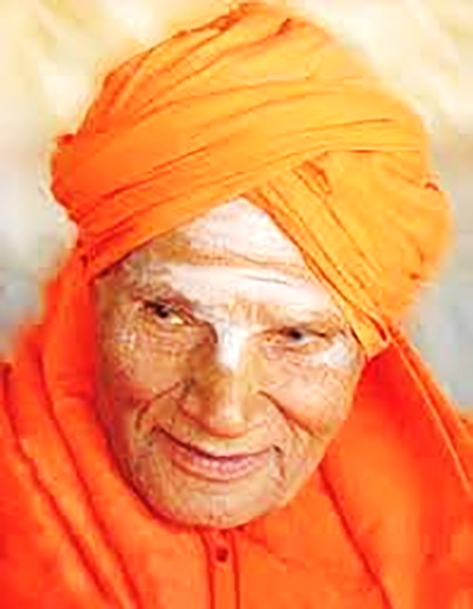Shiva Kumaraswami | 02 Apr 2022
Why in News?
Recently, the Union Minister of Home Affairs inaugurated and participated in the 115th Birthday Celebrations of Dr. Shri Shri Shri Shiva Kumaraswami & Guruvandana Mahotsava in Siddaganga Mutt, Tumkur, Karnataka.
Who was Shivkumar Swami?
- Shivakumara Swami of Siddhaganga Mutt in Tumkur was a revered seer of the Lingayat-Veerashaiva faith and was the Lingayat religious head of Sree Siddaganga Mutt.
- Born on 1st April, 1907, in Veerapura village of Ramanagara (Karnataka), he was well known for his philanthropic activities.
- He worked for 88 years to realize the thought of Basaveshwara and paved the way to bring equality, education and making people spiritually rich.
- In recognition of his social work, he was conferred with the third-highest civilian award, Padma Bhushan, in 2015 and the Karnataka Ratna in 2007.
- He was also conferred with an honorary degree of Doctor of Literature by Karnataka University in the year 1965.
- He founded the Sri Siddaganga Education Society Trust, which runs close to 125 educational institutions in Karnataka – from primary schools, school for the blind to colleges of arts, science, commerce and engineering.
- He was known as a "walking god" among his followers.
- He passed away in 2019.
Who are Lingayats?
- The term Lingayat denotes a person who wears a personal linga, an iconic form of god Shiva, on the body which is received during the initiation ceremony.
- Lingayats are the followers of the 12th-century social reformer-philosopher poet, Basaveshwara.
- Basaveshwara was against the caste system and Vedic rituals.
- The Lingayats are strict monotheists. They enjoin the worship of only one God, namely, Linga (Shiva).
- The word ‘Linga’ does not mean Linga established in temples, but universal consciousness qualified by the universal energy (Shakti).
- Lingayats had been classified as a Hindu subcaste called “Veerashaiva Lingayats” and they are considered to be Shaivites.
Why the Lingayats Seek Separate Religion from Hindu?
- Lingayats had distanced themselves from Hindu Veerashaivas because the latter followed the Vedas and supported the caste system, to which Basaveshwara was against.
- Veerashaivas are the followers of the five peethas (religious centers), called Pancha Peethas.
- These peethas are set up on similar lines to the four peethas set up by Adi Shankara.
UPSC Civil Services Examination, Previous Year Questions (PYQs)
Q. With reference to the cultural history of medieval India, consider the following statements: (2016)
- Siddhas (Sittars) of Tamil region were monotheistic and condemned idolatry.
- Lingayats of Kannada region questioned the theory of rebirth and rejected the caste hierarchy.
Which of the statements given above is/are correct?
(a) 1 only
(b) 2 only
(c) Both 1 and 2
(d) Neither 1 nor 2
Ans: (c)
EXP:
- Siddhas worship Shiva and Shakti in their benign, ascetic and fierce forms. They were monotheistic and condemned idolatry. Hence, statement 1 is correct.
- The Lingayat sect questioned the theory of rebirth and rejected the caste hierarchy. Hence, statement 2 is correct.
- Therefore, option (c) is the correct answer.

